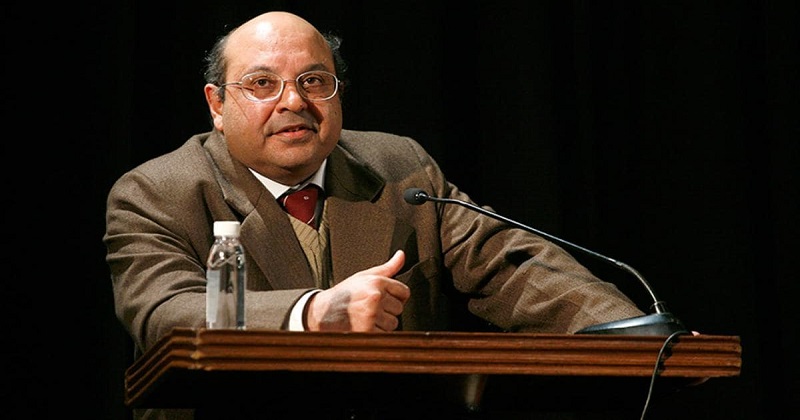
New Delhi: Rohinton Fali Nariman, the second most senior judge of the Supreme Court, retires Thursday, adding to the vacancy list and returning the spotlight to the unprecedented impasse within the Collegium over the appointment of judges that has been going on for nearly 22 months. As reported by The Indian Express, Justice Nariman, who has served on the Supreme Court Collegium since March 2019, is adamant that no consensus can emerge on names until two judges are recommended who are at the top of the All India Seniority List for High Court judges.
Chief Justice Abhay Oka of the Karnataka High Court is ranked first on the seniority list, followed by Chief Justice Akil Kureshi of the Tripura High Court. Judge Oka is from Bombay High Court, while Justice Kureshi is from Gujarat High Court. With Justice Nariman’s retirement, the Supreme Court will have only 25 judges instead of the sanctioned 34 judges. In addition, Justice Navin Sinha is set to retire on August 19, leaving 10 vacancies on the Supreme Court. Former Chief Justice of India, Ranjan Gogoi retired in November last year, creating the earliest vacancy in the Supreme Court. The last appointment was made in September last year.

In the Collegium this week, Justice Nageswara Rao will replace Justice Nariman, and a fresh effort to reach a consensus is expected. Although a prolonged impasse affects the functioning of the Supreme Court at present, it would mean shorter terms for those who would be appointed to the top court later. The Collegium also includes Chief Justice N V Ramana, Justices U U Lalit, A M Khanwilkar, D Y Chandrachud, and Justice Rao. Supreme Court appointments are decided by the five most senior judges, but High Court appointments are decided by the three most senior.
The crisis began during the tenure of former CJI S A Bobde, who inherited almost a full-court from his predecessor CJI Gogoi. In the absence of consensus on the names of Justices Oka and Kureshi, the process stalled entirely and CJI Bobde retired without making a single appointment recommendation during his 18-month tenure. Two Supreme Court judges had earlier expressed their disagreement with CJI Bobde’s call for a meeting of Collegium days before his retirement, as reported in the Indian Express. Despite that last-ditch effort, there was no consensus on the future course of action.
CJI Bobde even initiated a conversation regarding the possibility of asking a judge to become the first female Chief Justice of India. Judge B V Nagarathna of the Karnataka High Court and Justice Bela Trivedi of the Gujarat High Court were named. Despite an in-principle agreement to recommend a female Chief Justice to the Supreme Court, the names of Justices Oka and Kureshi did not garner consensus. According to sources familiar with the matter, names from the bar were also discussed, but the efforts did not succeed.
Read more: Customs show-cause names Kerala CM Pinarayi Vijayan in gold smuggling case
It has also affected the appointment of High Court judges and Chief Justices. Currently, the High Courts of Allahabad, Calcutta, Chhattisgarh and Himachal Pradesh have acting Chief Justices. Since Chief Justice Ramana assumed office, only seven judicial officers have been recommended for appointment as judges – six to the Madhya Pradesh High Court and one to the Gauhati High Court. There has not been a single recommendation of an advocate for appointment to the High Court since April. A similar impasse on judicial appointments occurred in 2015 during the tenure of CJI H L Dattu, when the judiciary and the government were at odds over the National Judicial Appointments Commission (NJAC).

Post Your Comments